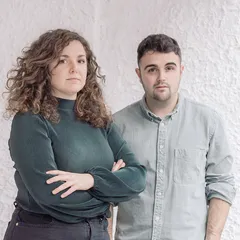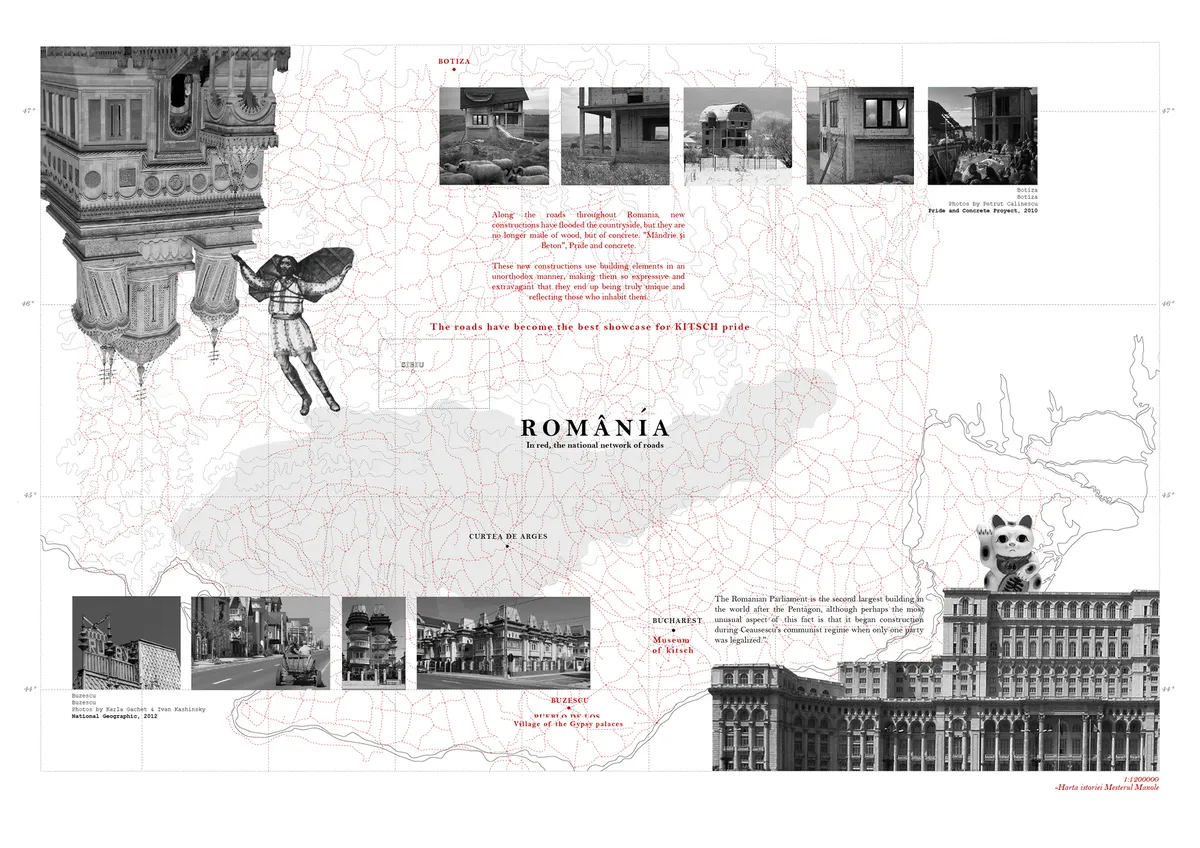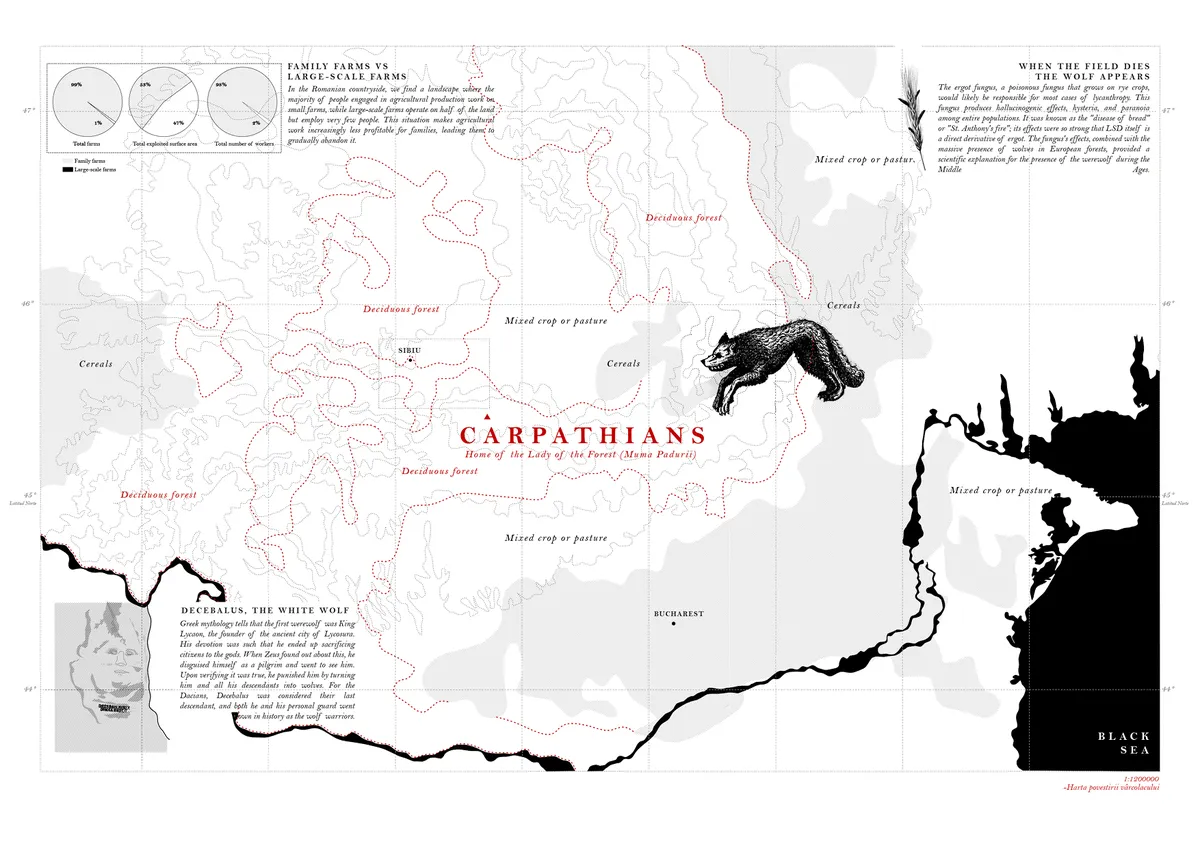
1/6

2/6

3/6

4/6

5/6

6/6

Autor(i) / Reprezentanți echipă
Mario Martinez Santoyo, Alba Jimenez Navas
Profesia
Architect
Colectiv/birou
Navas Santoyo atelier
Locația proiectului
Romanian countryside
Dată început proiect
Julio 2022
Dată finalizare proiect
ongoing
Credite foto
Petrut Calinescu, Karla Gachet, Mario Martinez Santoyo
Text de prezentare a autorului/biroului în limba maternă
Începând cu Școala Tehnică de Arhitectură din Granada în 2013, mi-am lărgit perspectiva prin schimbul Erasmus+ la Universitatea Politehnică din Timișoara în 2015. Recunoscut cu Premiul al doilea OTIS-FAyS în 2017 și o bursă de la Fundația Arhitectură și Societate. Au urmat câștigarea Competiției Rethinking în 2019 și o bursă MArch la València, cu proiectul meu "Twelve Pieces of Málaga" ca finalist la Premiul Ceramicii ASCER în 2020. Am absolvit un masterat MArch în Arhitectură Aplicată la València în 2020 și am contribuit la studio-ul lui Paulo Moreira din Porto, consolidându-mi angajamentul față de practica arhitecturală inovatoare. In 2021, together with Alba Jiménez Navas launch Navas Santoyo Atelier based in Granada.
Descrierea proiectului în limba maternă
Teritoriul rural al României a evoluat într-un loc de mare valoare etnologică și culturală datorită istoriei sale complexe. This stands in stark contrast to the current agricultural decline resulting from decades of emigration. It has led to a generational gap between the rural population and returning urbanites, seeking an idealized countryside reminiscent of their grandparents' era. This research delves into the identity recognition of a landscape undergoing 'urban-agricultural' transformations, depicted through its mythical and mythological scenery. It highlights profound interactions between culture and territory in this rural environment, the cradle of famous superstitions and legends.
'Imaginarium: Five Cartographic Narratives Between Folklore and Physical Landscape' employs a methodological approach to graphically represent this legendary territory. These 'Imaginarium' maps associate current landscape features with legends, layering two realities: the 'legendary' imagination and contemporary rural life in Romania. They seek connections between places, characters, landscapes, and their myths, each map presenting a place redrawn by a story pivotal to understanding Transylvania's rural context.
At a scale of 1:1,200,000, the study area spans the Carpathian Mountains to the Danube River's mouth at the Black Sea, using natural borders. This framework supports precise collages of historical photographs, cartographies, engravings, and symbols superimposed on the territory, alongside spots marking the influence and origins of selected legends.
Legends construct narratives overlapping with a place's history, reflecting Romanian reality rooted in memory and legend. This drives a text linking Transylvania's mythical thought with its agricultural landscape today. The selected narratives embody key themes like myth's allure, migration, colonialism, popular imagination, and peasantry's role, contrasted with a declining agricultural landscape and tourism potential fueled by legend.
Transylvania's rural territory emerges as a cultural landscape of ethnographic value, adapting traditional identity to modern times. The architecture of Romania's rural vernacular exemplifies this, illustrating the truth that legends, in their essence, endure.



